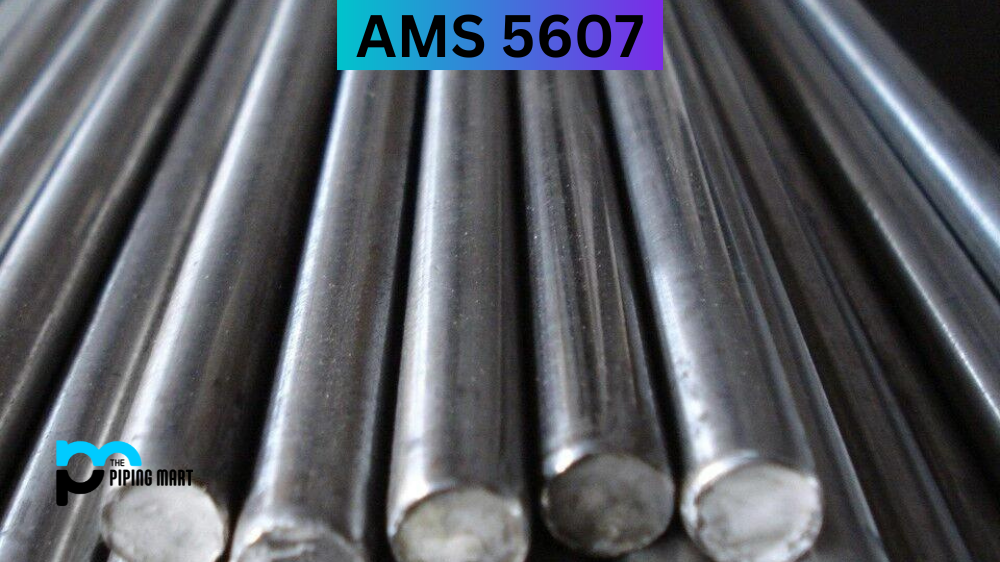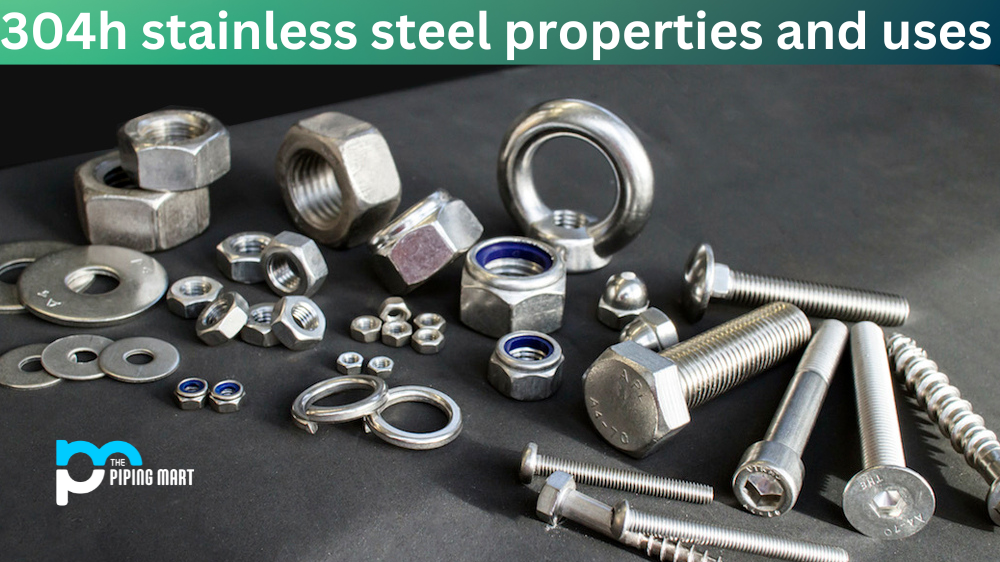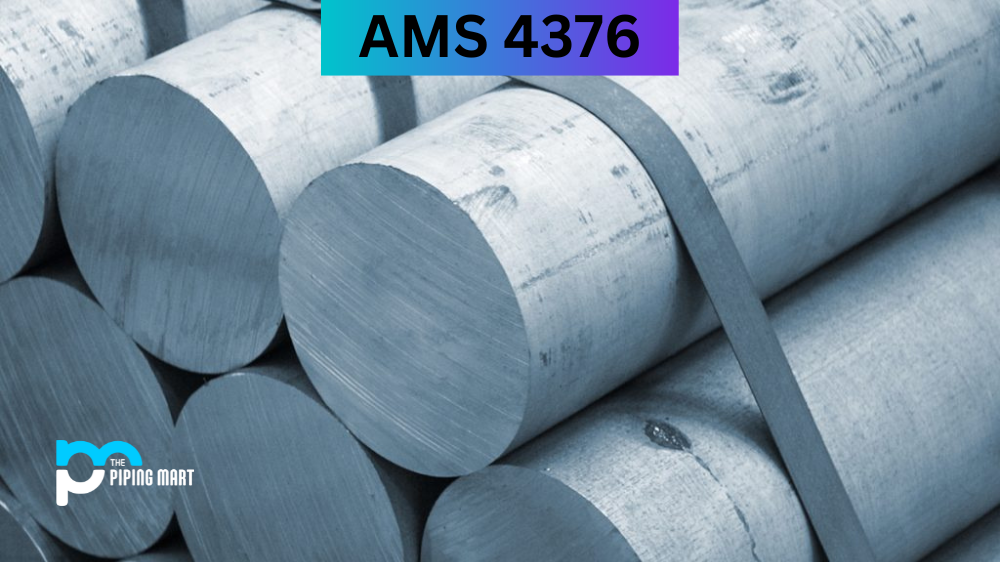As an alloy steel with exceptional strength and durability, AMS 5607 has been widely used in various industries, including aerospace, defence, and automotive. AMS 5607 is a type of stainless steel that boasts high tensile and yield strength levels, corrosion resistance, and toughness. In this post, we’ll delve into the details of AMS 5607, including its composition, physical and mechanical properties, and common applications.
What is AMS 5607?
AMS 5607 is a type of steel that is highly sought-after in various industries due to its exceptional strength and durability. This specific type of steel is incredibly resistant to corrosion and heat damage, making it the ideal choice for applications that require stable performance in harsh conditions. Certified by the Aerospace Material Specification (AMS), AMS 5607 is trusted by professionals worldwide for its outstanding capabilities.
AMS 5607 Composition
AMS 5607 is an austenitic (non-magnetic) stainless steel with a chemical composition of 0.03% carbon, 0.50% manganese, 0.40% silicon, 16.50-18.50% chromium, 10.00-12.00% nickel, and 2.00-2.50% molybdenum. This stainless steel grade is categorized as precipitation-hardening, meaning that its properties can be enhanced through heat treatment.
AMS 5607 Physical Properties
AMS 5607 has a density of 7.88 g/cm³ and a melting point of 1398-1446°C (2550-2635°F). It exhibits excellent resistance to corrosion and oxidation in various environments, particularly in acidic and chloride-rich atmospheres. Furthermore, AMS 5607 is ductile and can be formed into various shapes and sizes.
AMS 5607 Mechanical Properties
One of the main advantages of AMS 5607 is its remarkable mechanical properties. It has a maximum tensile strength of 2030 MPa (294,500 psi) and a maximum yield strength of 1620 MPa (235,000 psi) in the annealed condition. When heat-treated, AMS 5607 can attain even higher strengths, up to 2415 MPa (350,000 psi). Additionally, this alloy exhibits excellent impact toughness and fatigue strength, making it ideal for high-stress applications.
AMS 5607 Uses
AMS 5607 is commonly used in harsh and demanding environments that require exceptional strength and corrosion resistance. It’s often utilized in components exposed to heat, corrosion, or wear, such as aircraft engine parts, landing gears, fasteners, and springs. The alloy is also used in the automotive industry for brake pads and high-stress transmission parts.
AMS 5607 Hardness
AMS 5607 steel grade features high hardness levels and is thus subject to specific hardness requirements based on the engineering application. The alloy can be hardened using heat treatment and cold working. The hardness of AMS 5607 ranges from 363-388 HB in the solution annealed condition and 48-55 HRC when precipitation hardened.
AMS 5607 Heat Treatment
AMS 5607 has a unique heat treatment process that involves solution annealing and precipitation hardening. The solution annealing process is done at a temperature range of 1010-1145°C (1850-2095°F), followed by immediate quenching in water. The precipitation hardening process is carried out at 538°C (1000°F) for four hours, followed by air cooling. The specialized heat treatment process enhances the mechanical properties of the alloy.
Conclusion:
AMS 5607 is a high-strength and corrosion-resistant alloy steel grade with various mechanical and physical properties, making it popular in various industries. Its unique chemical composition, impressive humidity and heat resistance, high strength, and toughness make it a popular choice for harsh and demanding environments. By understanding the properties and application of AMS 5607, engineers and manufacturers alike can leverage the unique properties of AMS 5607 for their specific engineering applications.

Pipingmart is a B2B portal that specializes in metal, industrial and piping items. Additionally, we share the latest information and information about materials, products and various types of grades to assist businesses that are involved in this business.




